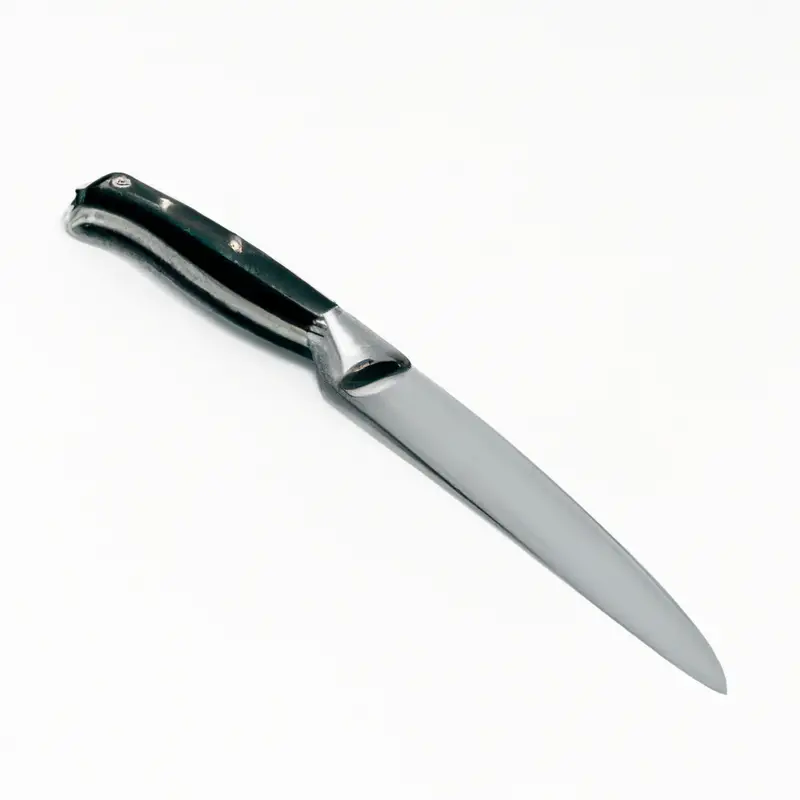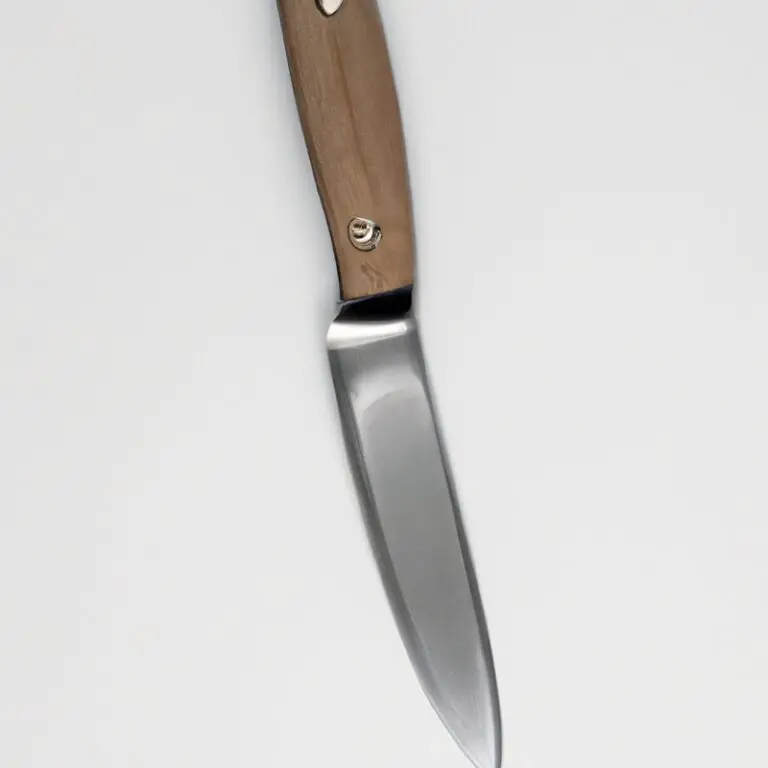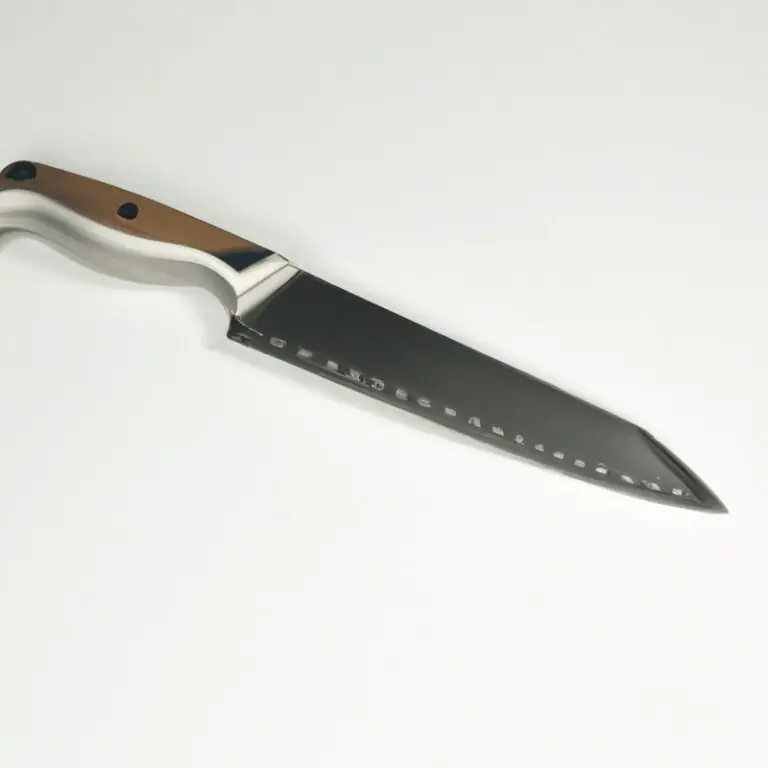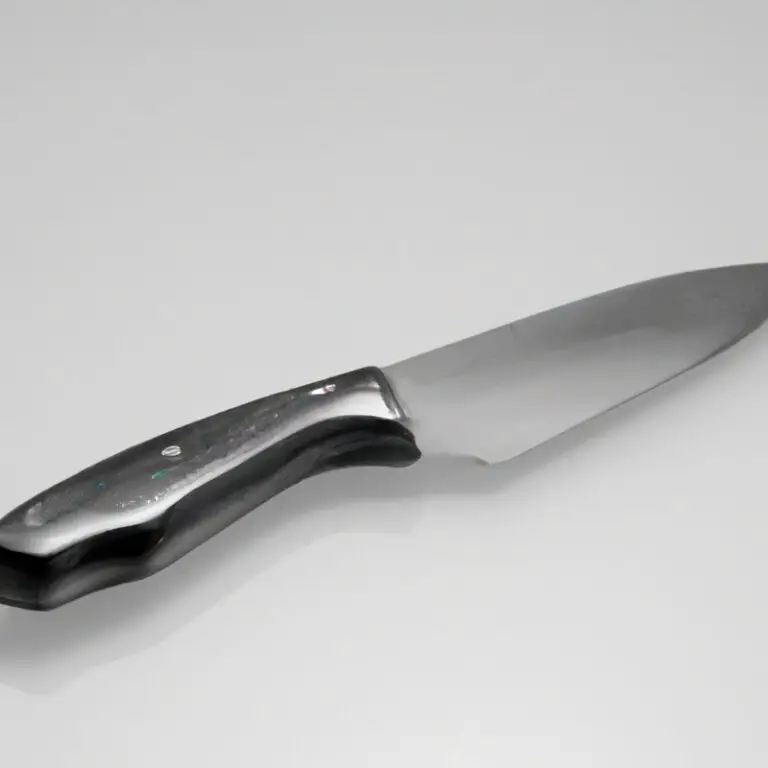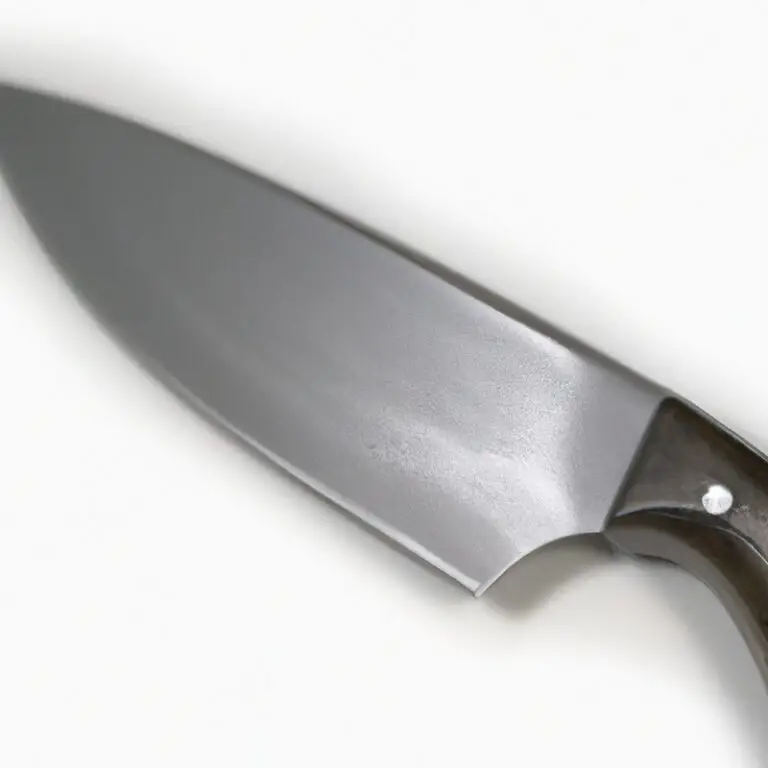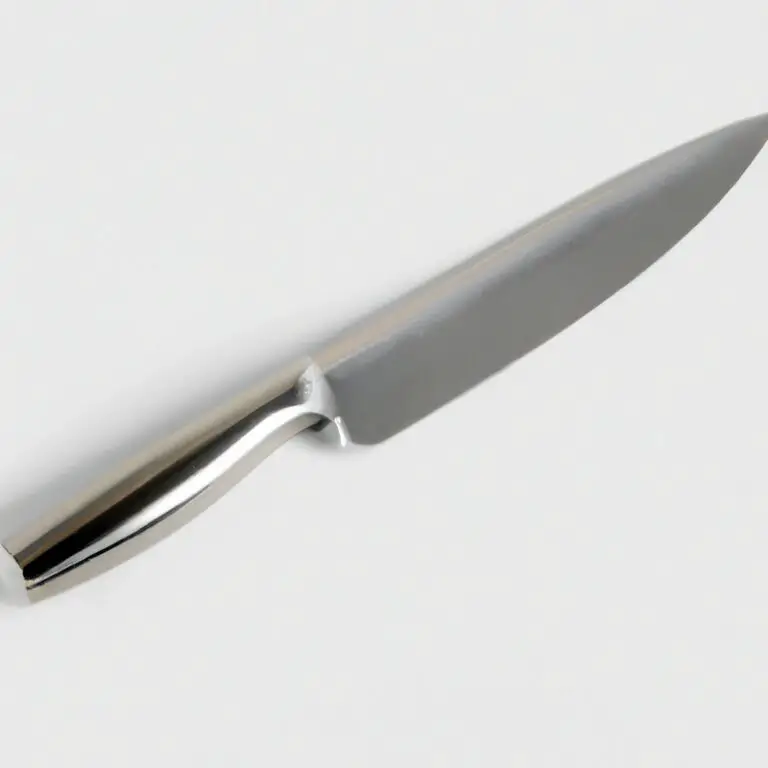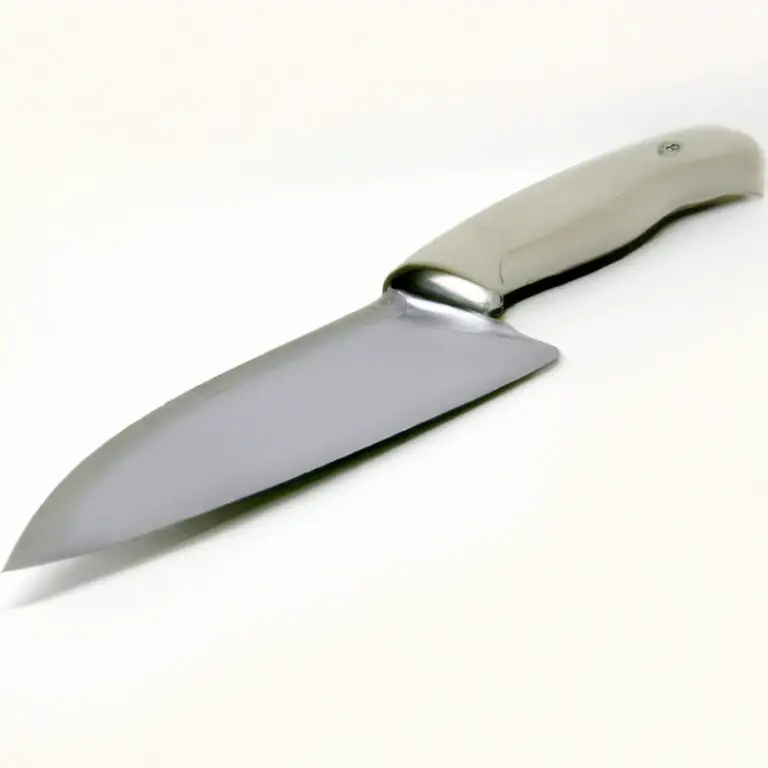How Do I Properly Hold a Paring Knife? – Techniques
Key Takeaways:
- Holding a paring knife with a firm grip and an angled wrist can improve control and precision when peeling fruits and vegetables.
- Practice using your non-dominant hand to hold and stabilize the fruit or vegetable while using your dominant hand to make precise cuts.
- Always keep your paring knife sharp to reduce the risk of slips and unintended cuts.
- Taking the time to properly hold and handle your paring knife can increase your safety and efficiency in the kitchen.
When it comes to preparing food, having the right tools is half the battle. And when it comes to knives, understanding how to properly hold them is crucial.
This is especially true for paring knives, which are essential for peeling and precise cutting.
In this article, I’ll guide you through everything you need to know about holding a paring knife, from understanding the different sizes to practicing proper grip techniques. With these tips, you’ll be able to handle your paring knife with confidence and precision, no matter what culinary task you’re tackling.
Let’s get started!
| Step | Description |
| 1 | Place your holding hand on top of the handle, with your thumb resting on the top end of the handle, and your index finger halfway down the blade towards the edge. Your other fingers should wrap around the handle at the bottom. |
| 2 | Place the fruit or vegetable on a cutting board and grip it with your non-dominant hand, making sure to keep your fingers and thumb curled inward towards your palm to avoid injury. |
| 3 | Guide the blade with your index finger, making sure to keep it in contact with the blade at all times. Use a slight sawing motion to cut through the fruit or vegetable. |
| 4 | Repeat steps 2 and 3 as necessary, moving your non-dominant hand to adjust your grip on the fruit or vegetable as needed. |
Importance of proper knife grip
Having a proper knife grip is crucial for ensuring your safety and achieving optimal control while using a paring knife. A poor grip can lead to accidents, injuries, and imprecise cuts.
A good grip involves placing your fingers on the knife handle in a way that provides a secure and comfortable hold.
There are several grip techniques to choose from, depending on your task and personal preference. It’s vital to practice grip exercises and maintain a comfortable hold to achieve precision and accuracy.
Remember to observe safety precautions while using a paring knife and ensure that your fingers are always away from the blade’s path.
By mastering the proper knife grip, you can enhance your paring knife skills and make your meal preparation experience more efficient and enjoyable.
Understanding paring knives
Understanding Paring Knives: Paring knives are small, versatile knives that are used for delicate and precise cutting tasks, such as peeling, coring, and trimming fruits and vegetables. They typically have a thin and pointed blade that ranges in size from 2.5 to 4 inches in length.
There are two main types of paring knives: straight and serrated.
Straight paring knives have a sharp, straight blade that is ideal for precise cuts, while serrated paring knives have a saw-like edge that is ideal for cutting through tough skins and crusts. When choosing a paring knife, it is important to consider the blade material, handle material, and blade length that best suits your needs.
High-carbon stainless steel blades are a popular choice due to their durability and sharpness, while comfortable and slip-resistant handles provide maximum control and comfort during use.
Overall, understanding paring knives and their unique qualities can help you choose the right tool for the job and improve your precision cutting techniques.
Choosing the right size paring knife
Choosing the right size paring knife is crucial to ensure proper control and precision during use. Paring knives typically range in size from 2.5 to 4 inches in blade length, with the most common size being 3 inches.
It’s important to consider the task at hand when selecting a paring knife.
For detailed tasks like peeling and trimming, a smaller blade size may be more suitable. On the other hand, a larger blade size may be better for slicing and cutting larger fruits and vegetables.
Ultimately, selecting the right size paring knife comes down to personal preference and the task at hand.
It’s important to try out different sizes and choose one that feels comfortable and provides the necessary control for the task.
Grip techniques for maximum control
To achieve maximum control when using a paring knife, it is essential to have a proper grip. The grip should be firm but not too tight to allow for flexibility and movement.
The thumb should be placed on the spine of the knife, and the remaining fingers should curl around the handle for support and stability.
When handling the knife with the non-dominant hand, tuck the fingers under the handle and use the thumb to guide the blade. Practicing grip techniques regularly can improve control and precision when using a paring knife for various tasks.
Avoid gripping the knife too tightly as it can cause fatigue and muscle strain in the hand.
Correct hand placement on the handle
Proper hand placement on the handle is critical when holding a paring knife. The handle should fit comfortably in your hand, and your grip should be firm but not so tight that your hand cramps.
A good grip ensures that the blade remains in control, and you can easily carry out the intended task.
For most paring knives, the handle features a curved and slightly tapered design that comfortably fits the hand’s natural shape. Your hand should grip the handle, with your fingers aligned straight along the handle’s length, not resting on top of one another.
Additionally, avoid gripping the knife with your fingertips only.
Instead, enclose your fingers around the handle, comfortably securing the grip. This will give the most control while holding the knife.
It also minimizes the risk of slipping, avoiding any mishaps while handling the knife.
Correct hand placement is crucial when using a paring knife, significantly regarding precision tasks. With the right grip and hand placement, you have control over every cut, and you can cut safely and evenly.
In summary, the correct hand placement on the handle should provide a comfortable and secure grip.
It should also enable you to control the knife blade while reducing the risks of slips and accidents.
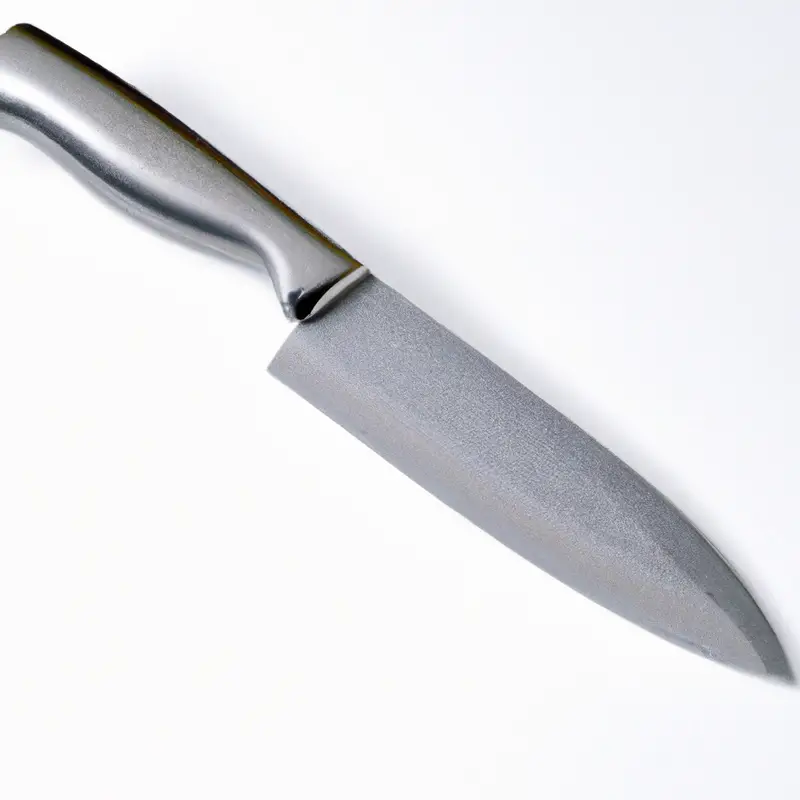
Handling the knife with your non-dominant hand
Handling the knife with your non-dominant hand can be tricky, but with practice, it can be mastered. Start by holding the handle at the base with your non-dominant hand and placing your dominant hand towards the blade’s tip.
This allows for better control and precision when slicing.
Make sure to keep your fingers away from the blade and use a rocking motion for more accurate cuts. As with any knife handling, take caution and practice safety measures.
Maintaining a comfortable grip during use
Maintaining a comfortable grip during the use of a paring knife is essential for precision cuts and avoiding accidents. Start by selecting a knife with a comfortable handle, as this will prevent discomfort and pain during use.
Place your index finger and thumb on each side of the blade’s base, ensuring that your grip is firm but not too tight.
The grip should be flexible enough to move the knife around and apply enough pressure when required. Another essential part of maintaining a comfortable grip for your paring knife is to avoid any distractions that could shift your attention away from the task at hand.
Ensure that your work area is comfortable, well-lit, and distraction-free.
Maintaining proper posture while holding the knife will also help maintain a comfortable grip. Hold your elbow against your side and use your wrist to move the knife, avoiding any unnecessary movements that could cause discomfort or pain.
Another important factor to consider is the size of your hands.
Some paring knives are designed for specific hand sizes, so consider trying out a few knives to find the one that fits best. Additionally, practicing with your paring knife regularly will improve your grip strength and technique, leading to better overall control.
In summary, maintaining a comfortable grip during the use of a paring knife is a crucial aspect of proper knife handling.
Choose a comfortable handle, grip the knife firmly but not too tight, ensure proper posture, and practice regularly to improve grip strength and technique.
Practice exercises to improve grip and technique
Practice exercises are crucial in improving grip and technique when using a paring knife. A simple exercise to strengthen your grip is to hold a tennis ball and repeatedly squeeze it.
Another one is to hold a small object, such as a pen, with your fingertips and practice moving it around to improve dexterity and control.
When it comes to paring knife technique, practicing proper hand placement is important. Hold the knife firmly with your dominant hand and maintain a comfortable grip throughout use.
For precision tasks, try positioning your non-dominant hand on the item being cut to provide support and stability.
To further enhance your skills, consider practicing different cutting techniques, such as the rocking motion or push-pull motion. Additionally, always use proper form and keep your fingers and thumb tucked in to avoid injury.
Remember, practice makes perfect, and the more you practice these techniques, the better you will become at using a paring knife with precision and control.
Handling tips for precision tasks
Handling tips for precision tasks require a steady grip on the knife and controlled movement. Ensure that the paring knife is properly sharpened and use a gentle, sawing motion to cut through delicate items.
For maximum precision, hold the knife close to the blade’s tip, using your thumb and index finger to guide the blade.
Keep the wrist straight and the blade flat to the cutting surface, making small, controlled movements. A relaxed grip is crucial to reducing hand fatigue and maintaining a comfortable grip.
Take breaks if needed and practice using the knife on various items to develop your technique.
Remember to always prioritize safety and follow recommended guidelines when handling sharp objects.
Safety precautions while using a paring knife
Safety precautions are crucial when handling a paring knife. Here are some essential safety tips to follow:
- Always use a sharp paring knife to reduce the risk of slipping and cutting yourself.
- Keep the blade pointed away from your body and others while cutting.
- Never leave a paring knife lying around unattended, especially within reach of children.
- Use a cutting board to avoid damaging your work surface and preventing the knife from slipping.
- Grip the handle firmly but avoid gripping it too tightly to prevent hand fatigue.
- Never attempt to catch a falling knife, step back and let it fall safely to the ground.
Following these safety precautions will help you avoid accidents and injuries when using a paring knife. Remember to always be attentive, cautious, and follow safe handling techniques.
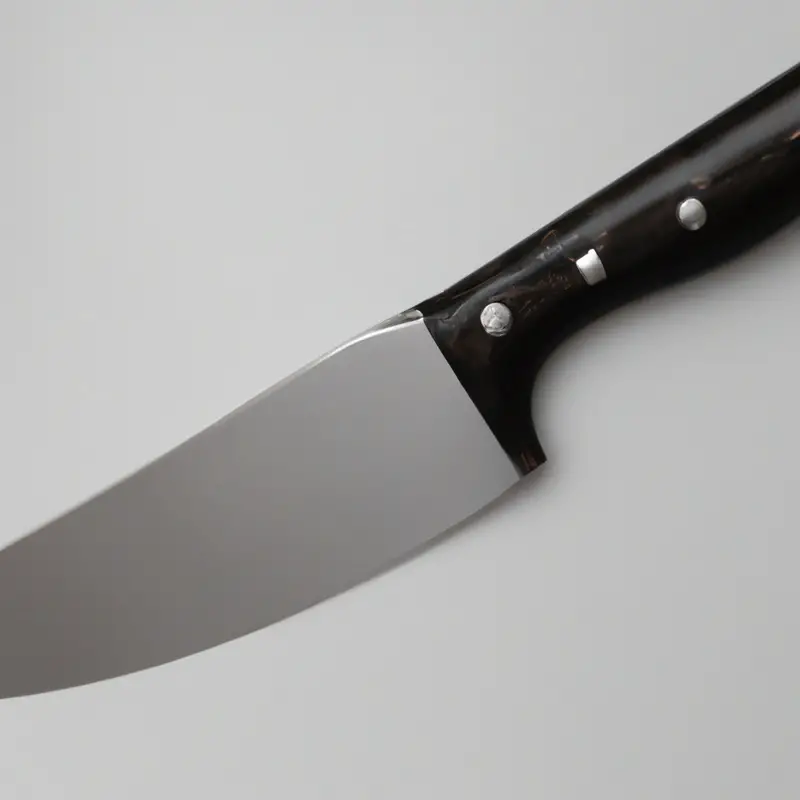
Final Verdict
Mastering the proper grip and techniques for holding a paring knife is essential for any home cook or professional chef. By choosing the right size knife, learning how to grip the handle, and practicing proper hand placement and grip strength, you can achieve maximum control and precision while cutting.
Remember to always prioritize safety and handle the knife with care, especially when performing delicate tasks.
With practice and patience, you can elevate your culinary skills and create masterful dishes with ease. Trust in the techniques and advice presented here, and take action towards improving your paring knife skills today.

